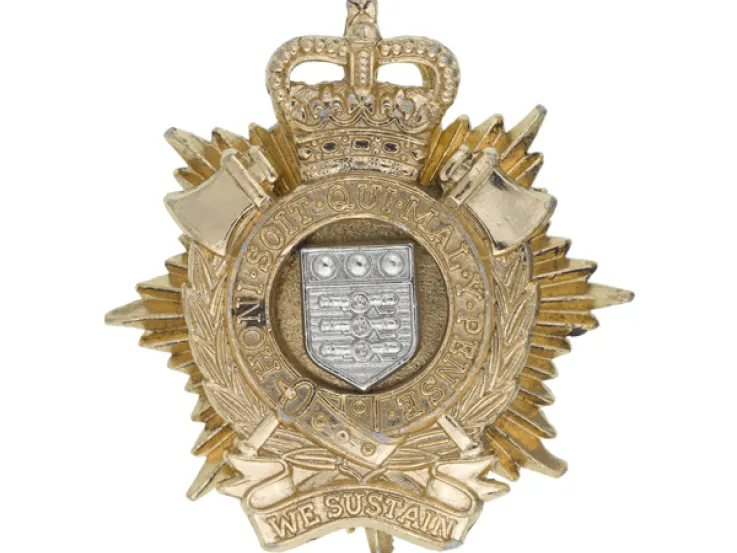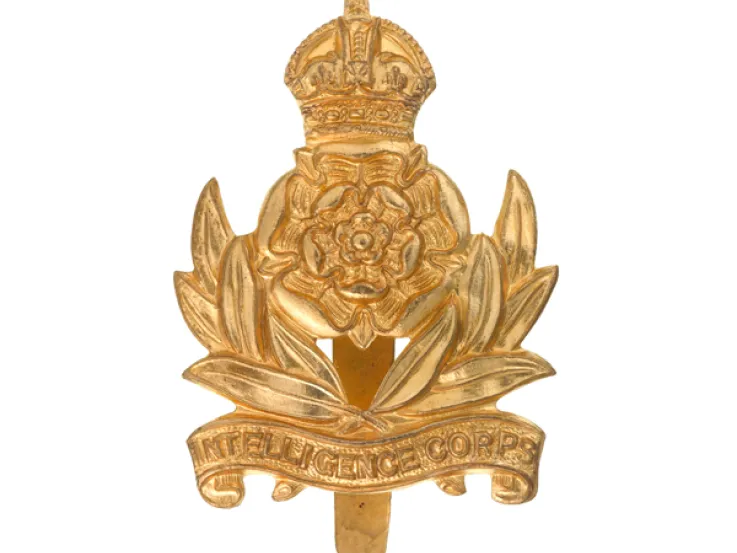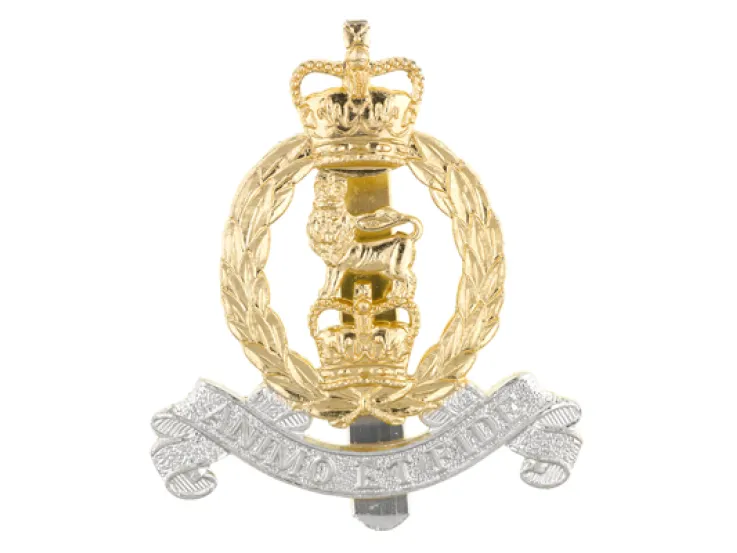Origins
In 1860, the Army Gymnastic Staff was formed to improve the physical fitness of new recruits. Prior to this, many soldiers had proved susceptible to disease and injury. There were also concerns that Britain's continental rivals were producing fitter soldiers.
Based at Aldershot, the new unit's remit gradually extended into other areas of sport and physical training, such as bayonet practice.
First World War
First World War (1914-18) conscription vastly increased the size of the Army, as well as the range of sports its soldiers played. Many professional sportsmen joined the Army Gymnastic Staff and served as physical training instructors on the Western Front. These included Jimmy Wilde, regarded as one of the greatest British boxers of all time.
In 1918, the unit became the Army Physical Training Staff. It was redesignated as the Army Physical Training Corps in 1940, before eventually gaining a ‘Royal’ prefix in 2010.
Famous faces
Several well-known footballers served in the Army Physical Training Corps (APTC) during the Second World War (1939-45). Among them was Matt Busby, who went on to manage Manchester United to domestic and European success in the 1950s and ‘60s.
Kriss Akabusi, who later became an Olympic medallist and television presenter, transferred into the Corps in 1981, reaching the rank of Warrant Office Class 2.
Double Olympic champion Dame Kelly Holmes also served as an Army physical training instructor. After starting her military career as a lorry driver in the Women's Royal Army Corps, she passed the APTC training courses, but opted to stay with her own unit.
Today
The Royal Army Physical Training Corps (RAPTC) continues to develop and maintain physical fitness across the Army, preparing individuals and units for military tasks.
Prospective RAPTC instructors must already be serving in the Army. Before attending selection, they need to qualify as All Arms Physical Training Instructors. Then, after passing selection, they undertake further intensive training before qualifying and transferring into the Corps.
They usually serve as detached personnel within most Army units. In addition to physical training, instructors can specialise in adventure training and exercise rehabilitation.
Regimental museums
The National Army Museum works with a network of Regimental and Corps Museums across the UK to help preserve and share the history and traditions of the Army and its soldiers.
Discover more about the Royal Army Physical Training Corps by visiting the Royal Army Physical Training Corps Museum in Aldershot.












